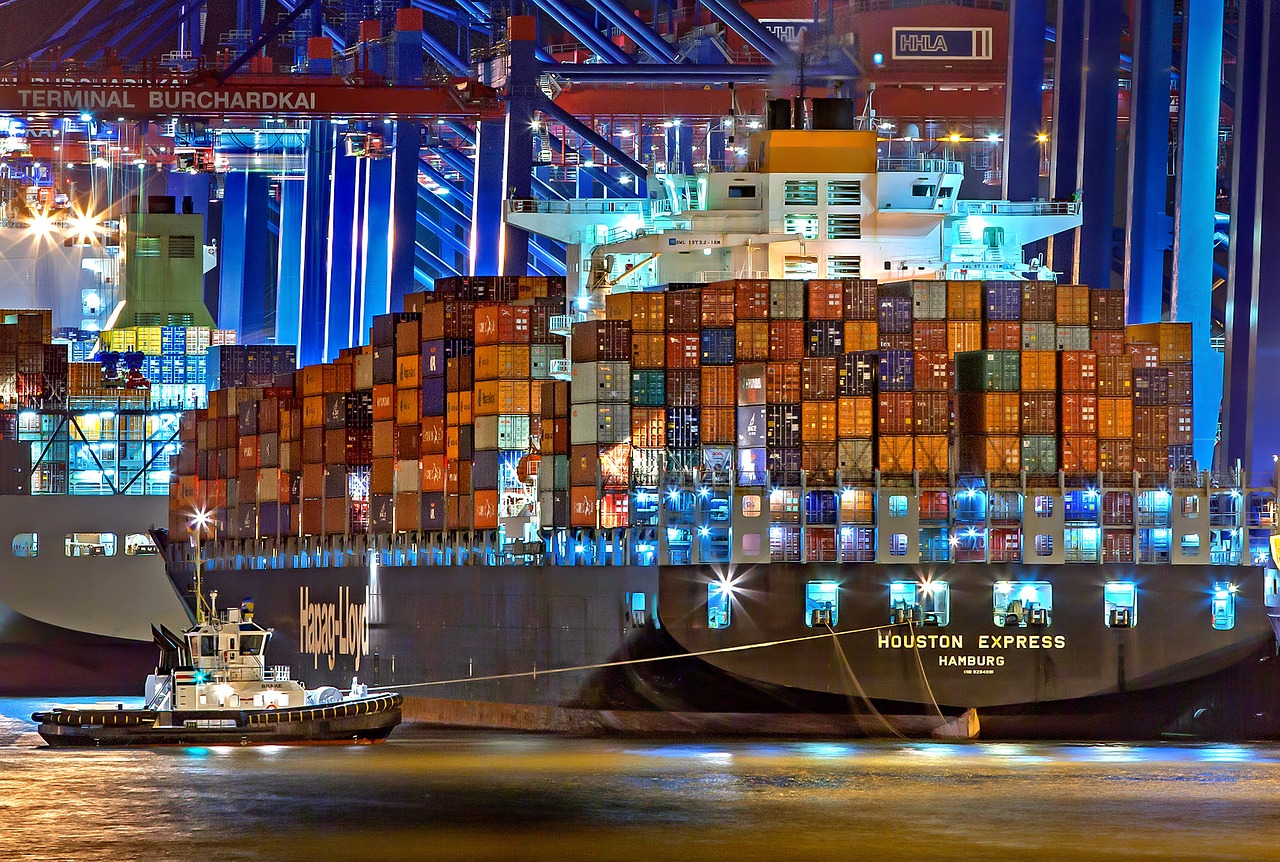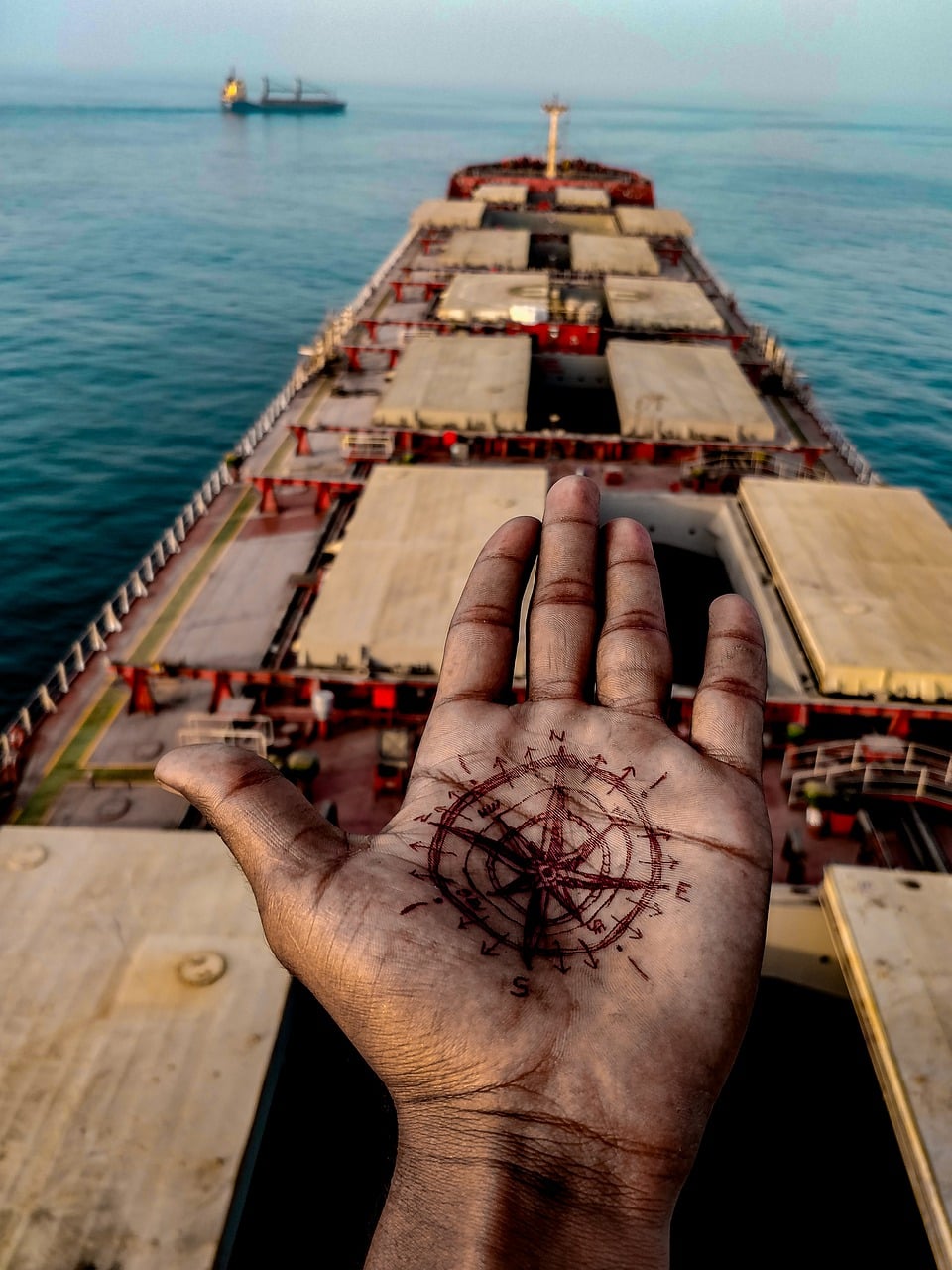As with many other industries, technological advancements like AI and the cloud are rapidly changing the way the maritime industry operates, improving its safety, efficiency, and margins. Edward Traylor, a Florida-based IT professional and the president of an aviation and maritime technology consulting firm.
Edward says some of those developments can’t come soon enough for the shipping industry in particular, which has struggled to turn a profit for years due to declining cargo loads and rising costs. He shares a few of the latest advancements in maritime technology and outlines how they’re changing the industry for the better.
IMAGE: PIXABAY
3D Printing Of Ship Parts
3D printing is capable of creating objects of unimaginable complexity, having been used to churn out everything from shoes and food, to musical instruments and prosthetic limbs. Ship parts can now be added to that growing list courtesy of, among other things, a recent partnership between Ivaldi Group and the most significant maritime network in the world, Wilhelmsen.
The on-demand service is focusing initially on providing unobtainable parts which are no longer available from their original manufacturers, with the capability of providing parts for up to 100 ships daily. The initiative is expected to save the industry a great deal of both time and money, with costs reduced and parts being made available far sooner than other alternatives.
Edward Traylor anticipates that 3D printing will also become a more prominent aspect of the shipbuilding industry in the future and that 3D printers will increasingly be installed aboard ships and within shipyards.
Internet Of Things Devices
It’s estimated that there will be 22 billion IoT devices by 2025 and the maritime industry is poised to have its fair share of them. Having IoT-connected devices will allow shipping companies to track better and monitor containers, reefers, and the goods contained with them to ensure shipments are accounted for and aren’t in danger of spoiling during their journey. They’ll also allow maritime companies to monitor the performance of their machinery better and predict when maintenance or replacement of parts is necessary.
Autonomous Ships
Autonomous vehicle operation is poised to massively disrupt not just the personal transportation and trucking industries, but the shipping industry as well. While autonomously navigating the world’s convoluted, bustling city streets is a logistical nightmare, it’s relatively smooth sailing to autonomously patrol its vast stretches of empty ocean.
Edward Traylor predicts that crewless cargo ships could be plying the world’s seas by next year, with manned autonomous voyages already having taken place. And unlike motor vehicles, which must be capable of 100% automation, autonomous ships can also be paired with remote control operation from a landlubber if or when necessary.
Automation will not only save the industry money from labor costs, but also from the billions in losses that result from human error, which is responsible for a significant percentage of all shipping accidents. Furthermore, ships will be able to undergo extensive redesigns that eliminate all the energy- and space-sapping features required by crew members, like sleeping quarters and cooking facilities.
Virtual Reality
The potential applications of virtual reality are endless and exciting. For the cruise industry, VR programs could be supplied to passengers that would allow them to navigate the ship or any of their destinations virtually, or simply as a means of entertainment. VR could also play a prominent role in the shipbuilding process, particularly during the design phase, when layouts can be simulated and toured to test their functionality.
Blockchain
Blockchain in the maritime industry has several applications, including ship classification and supply chain logistics. Shipping heavyweight Maersk partnered with IBM last year to build the blockchain shipping platform TradeLens to handle and validate its transactions and has also launched a marine insurance platform.
TradeLens now hosts over 100 shipping supply chain operators. Maersk was hit with a devastating cyber-attack in 2017 that reportedly cost the company $300 million and prompted it to undertake some of its recent blockchain initiatives for added security.
Wearable Technology
The maritime industry will increasingly use wearable tech devices with an eye towards ensuring the health of crew members during long sea voyages. Several studies have shown that ischemic heart disease rates jump considerably among seamen while on the ocean, with poor diet and lack of exercise being among the contributing factors.
With wearable health devices like the Fitbit, activity levels, heart rate, blood sugar, sleep quality, and other important variables can be monitored around the clock, providing real-time data on the health and wellness of crew members, preventing costly health problems from developing.
If you are interested in even more technology-related articles and information from us here at Bit Rebels, then we have a lot to choose from.


COMMENTS